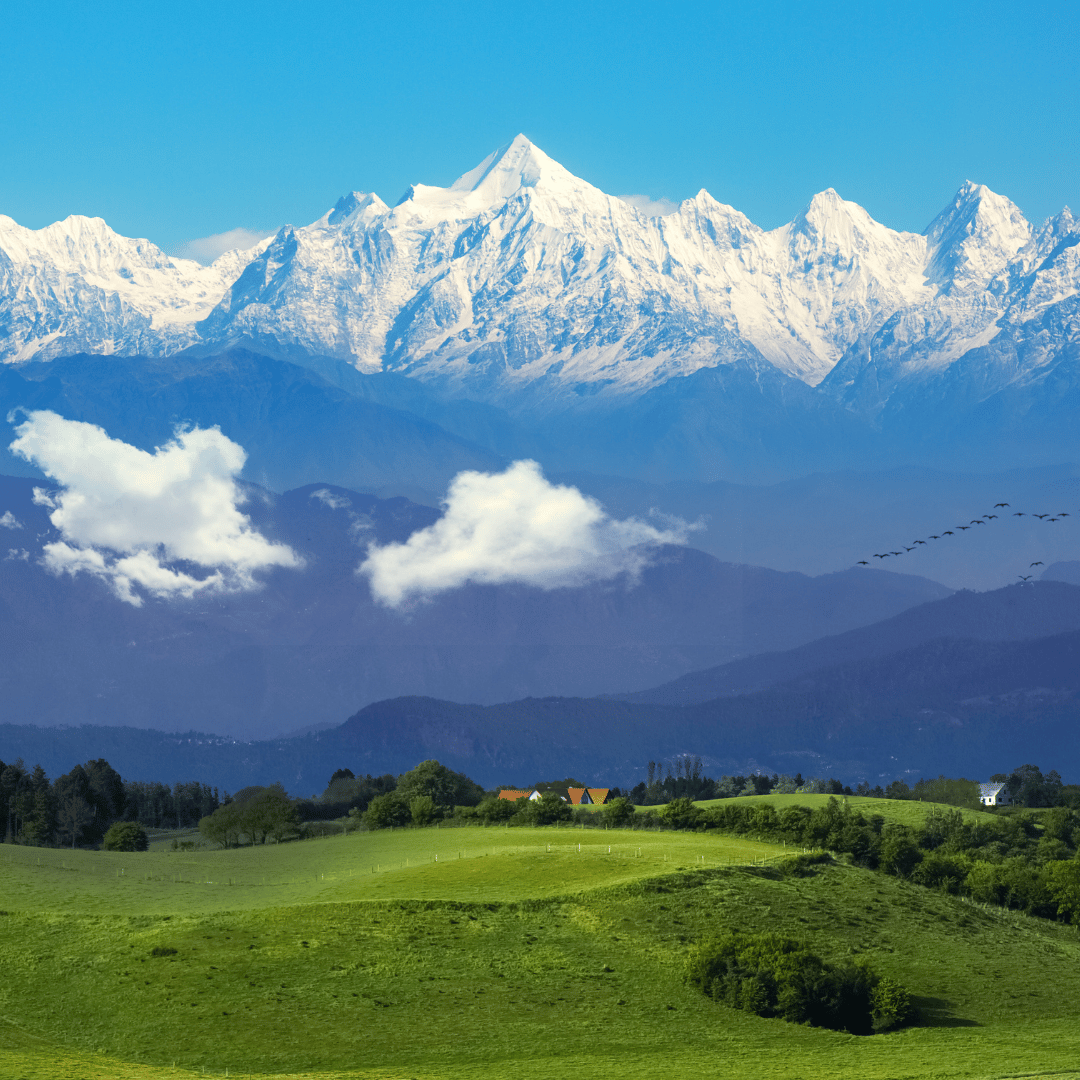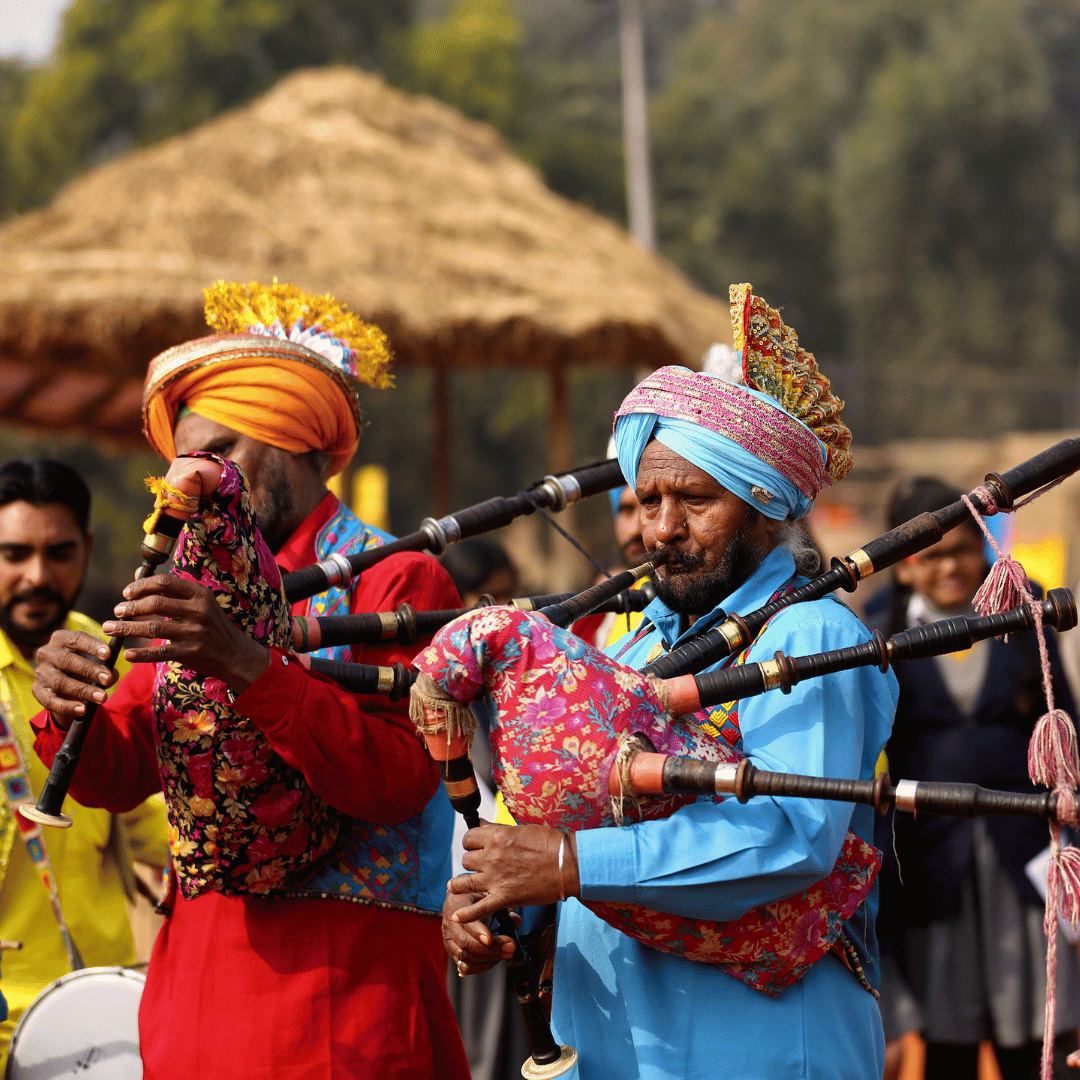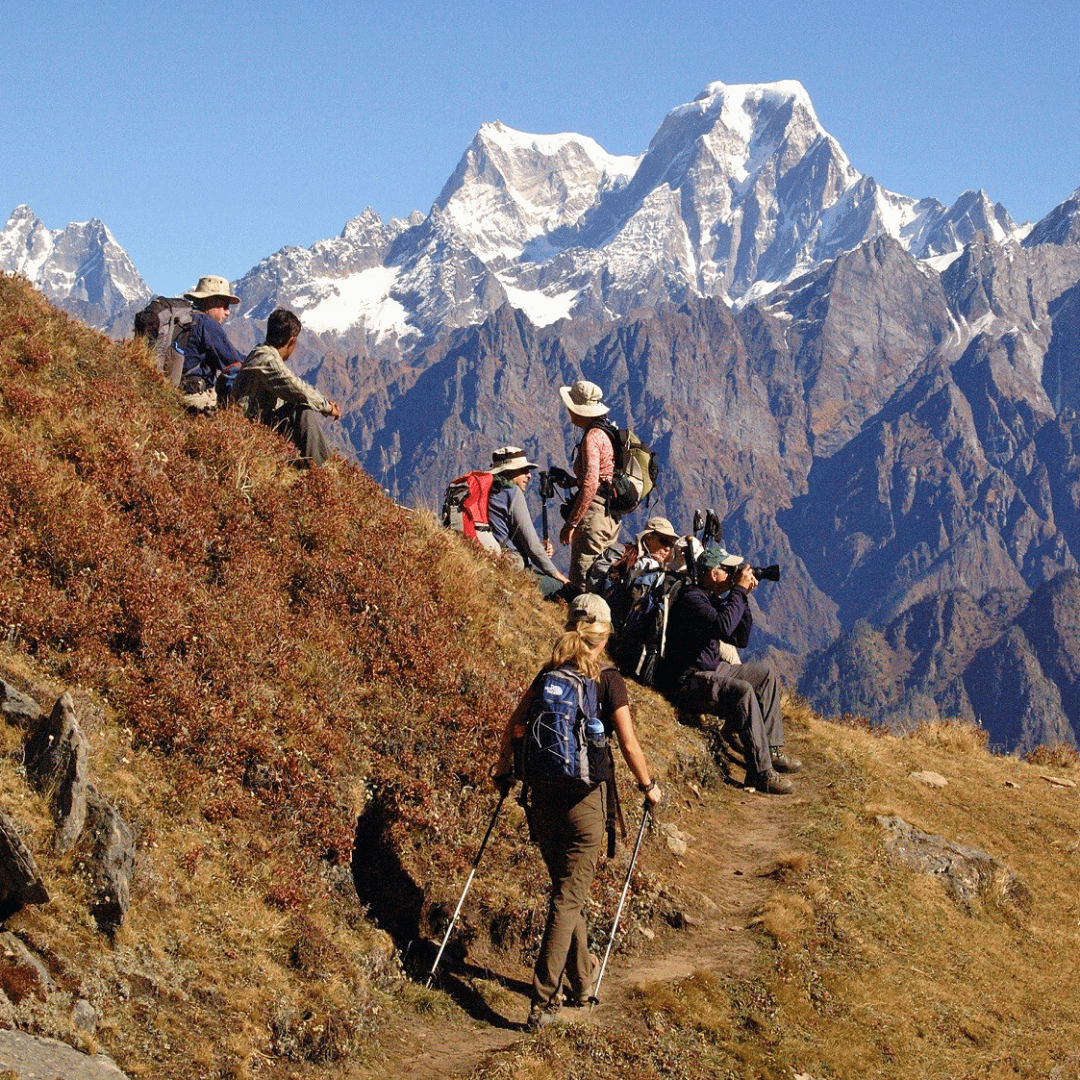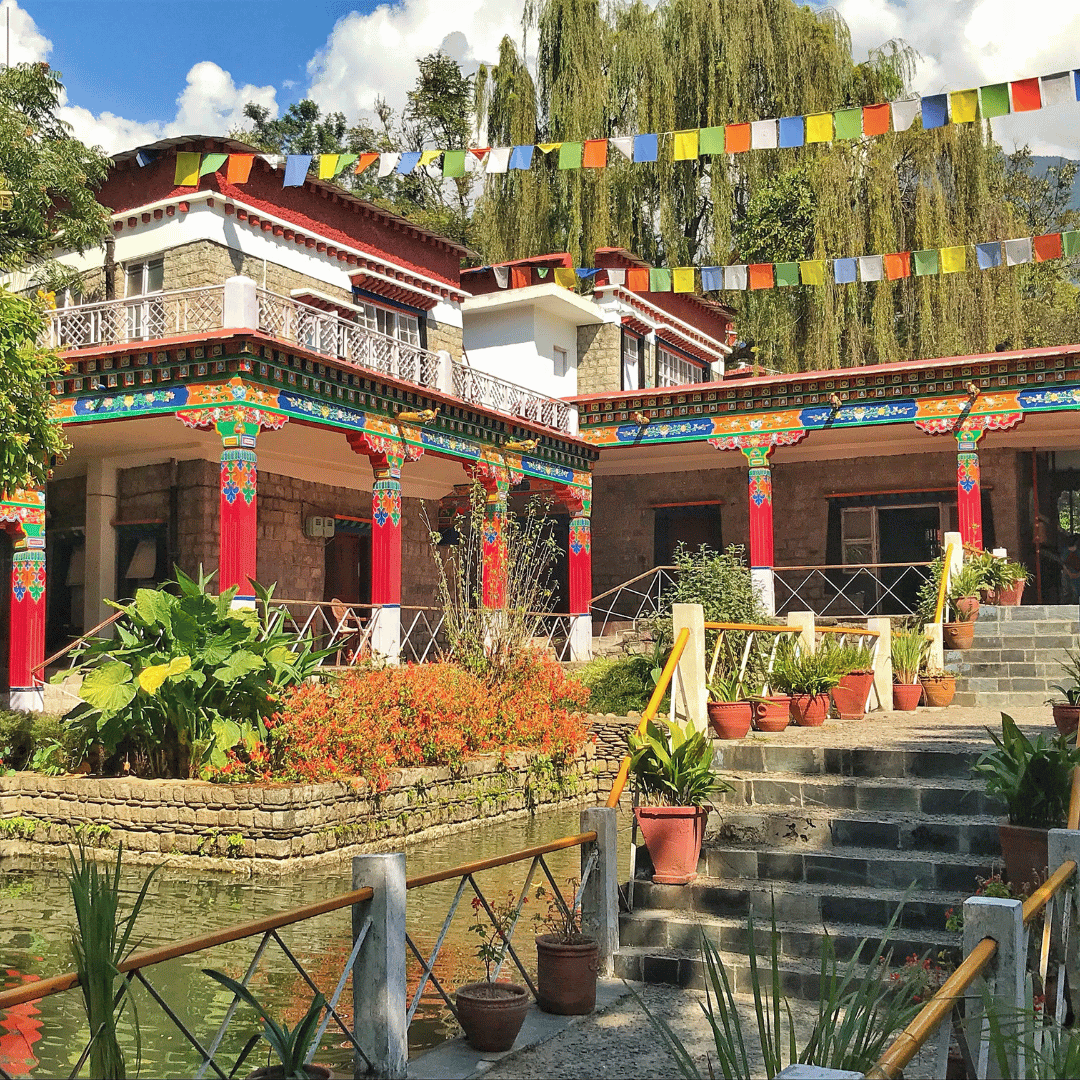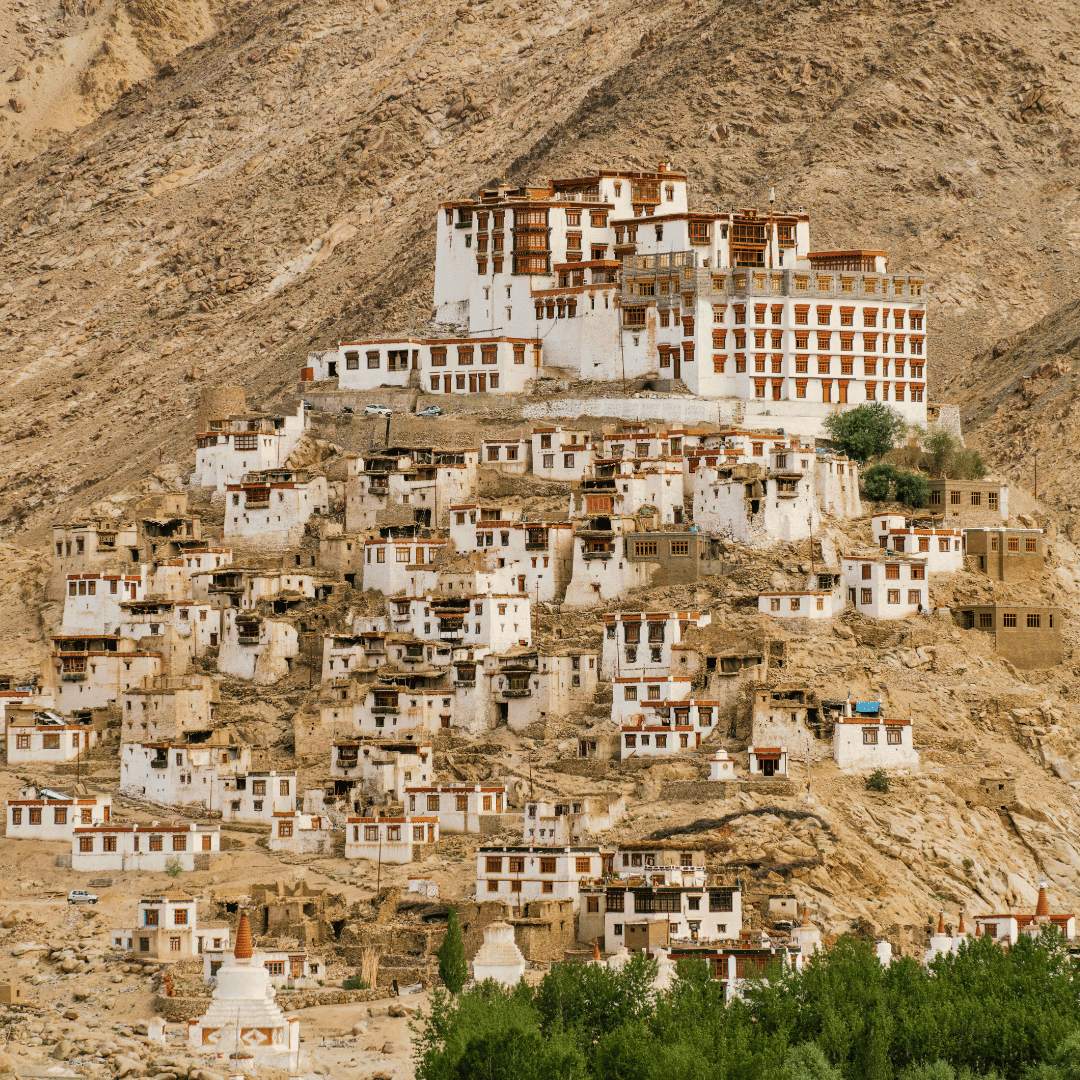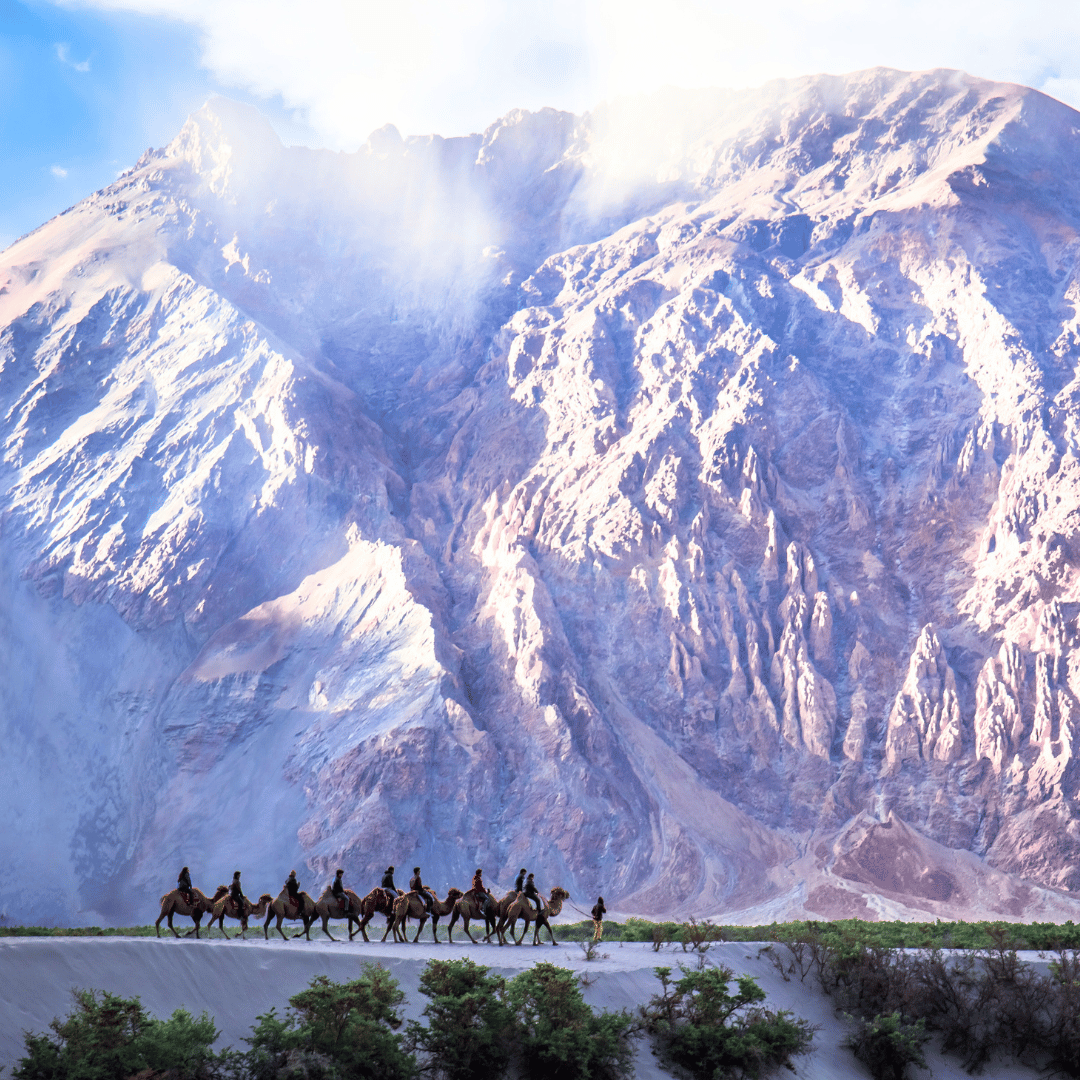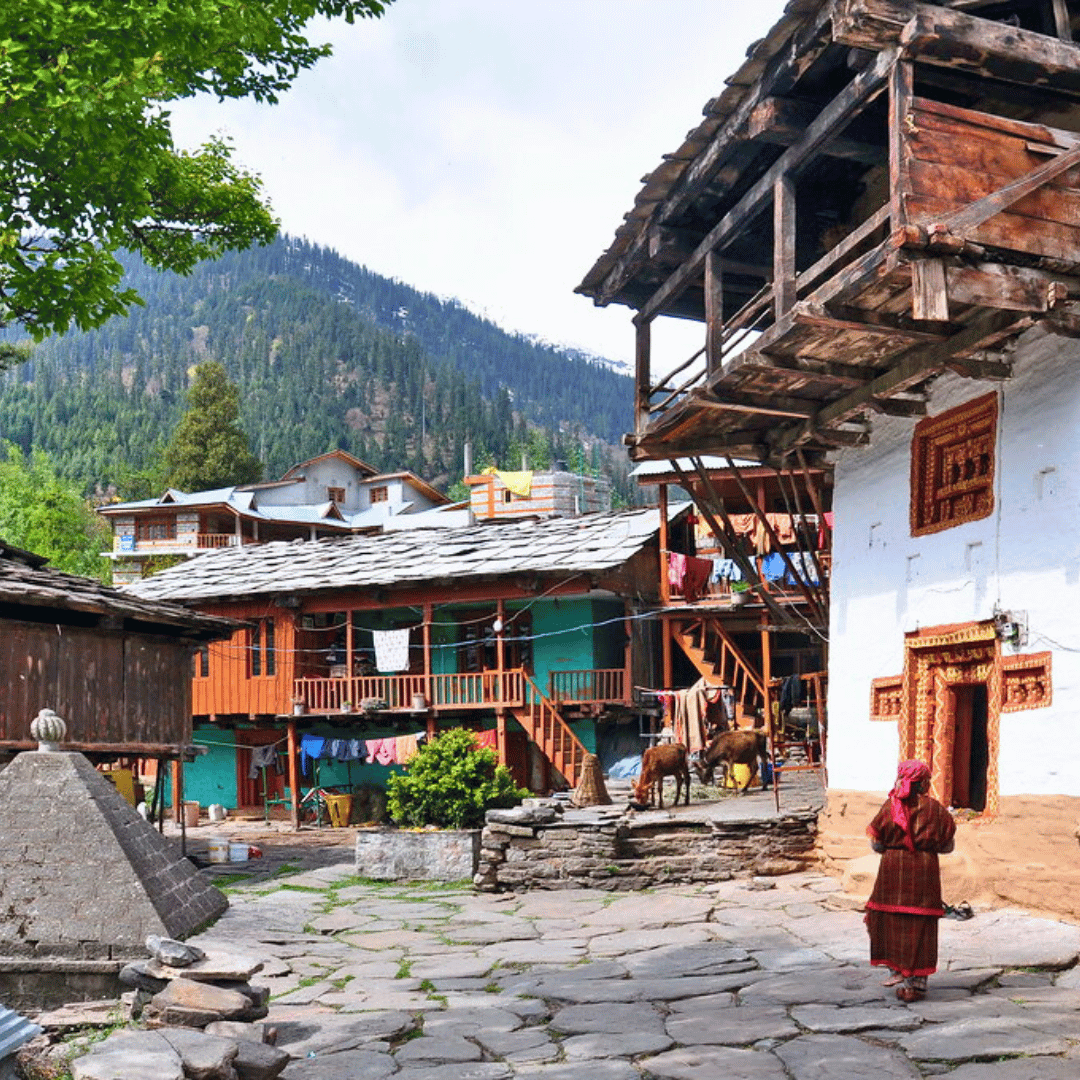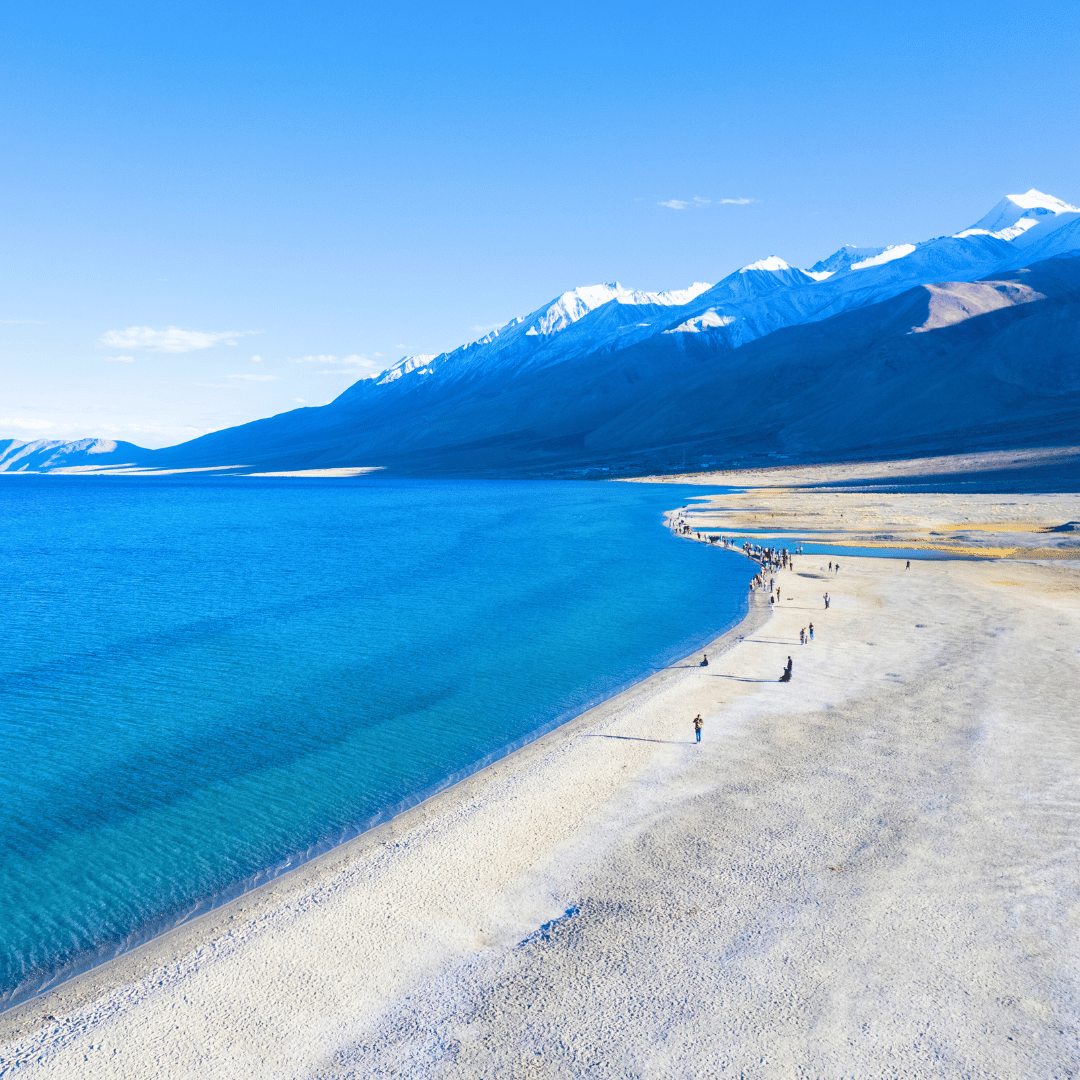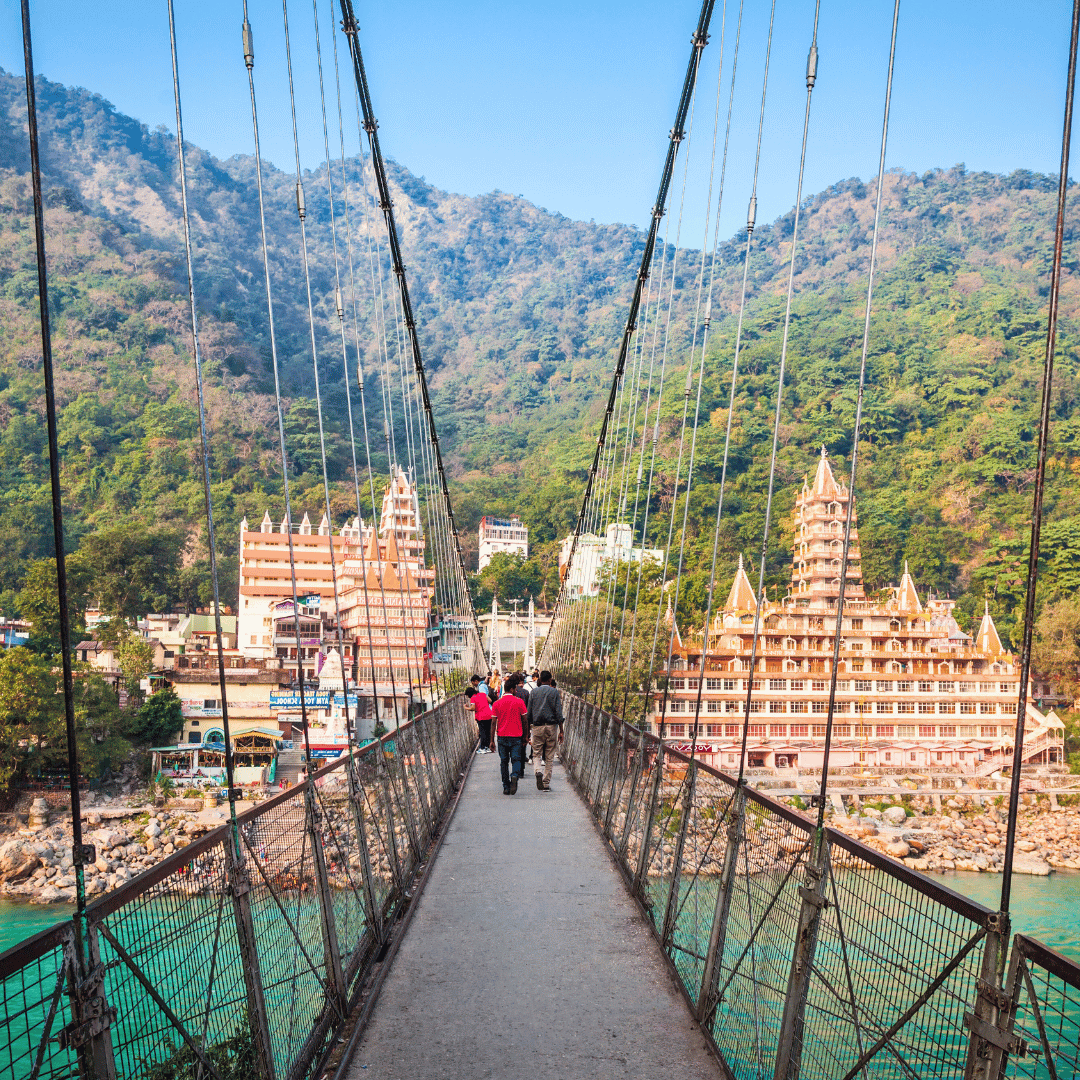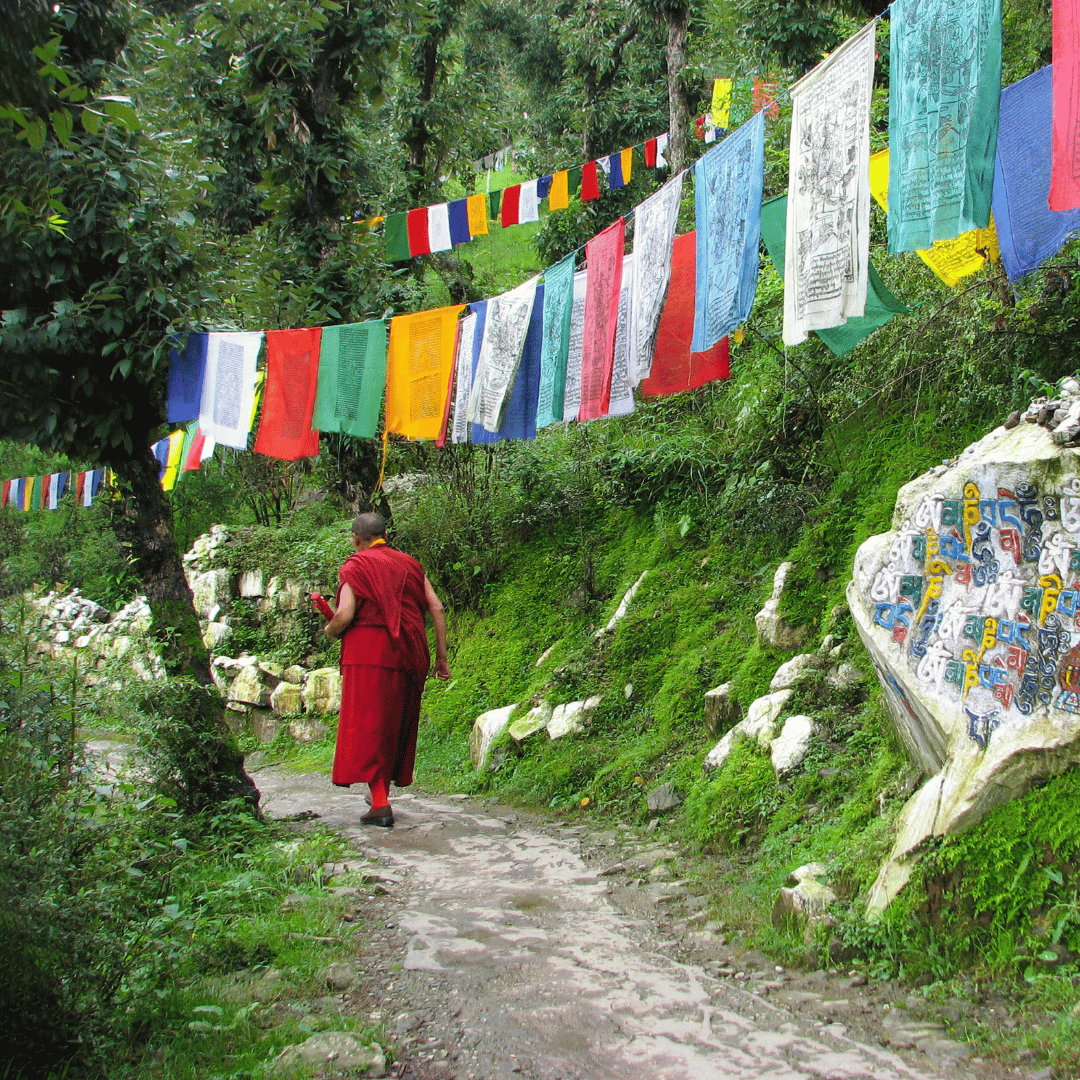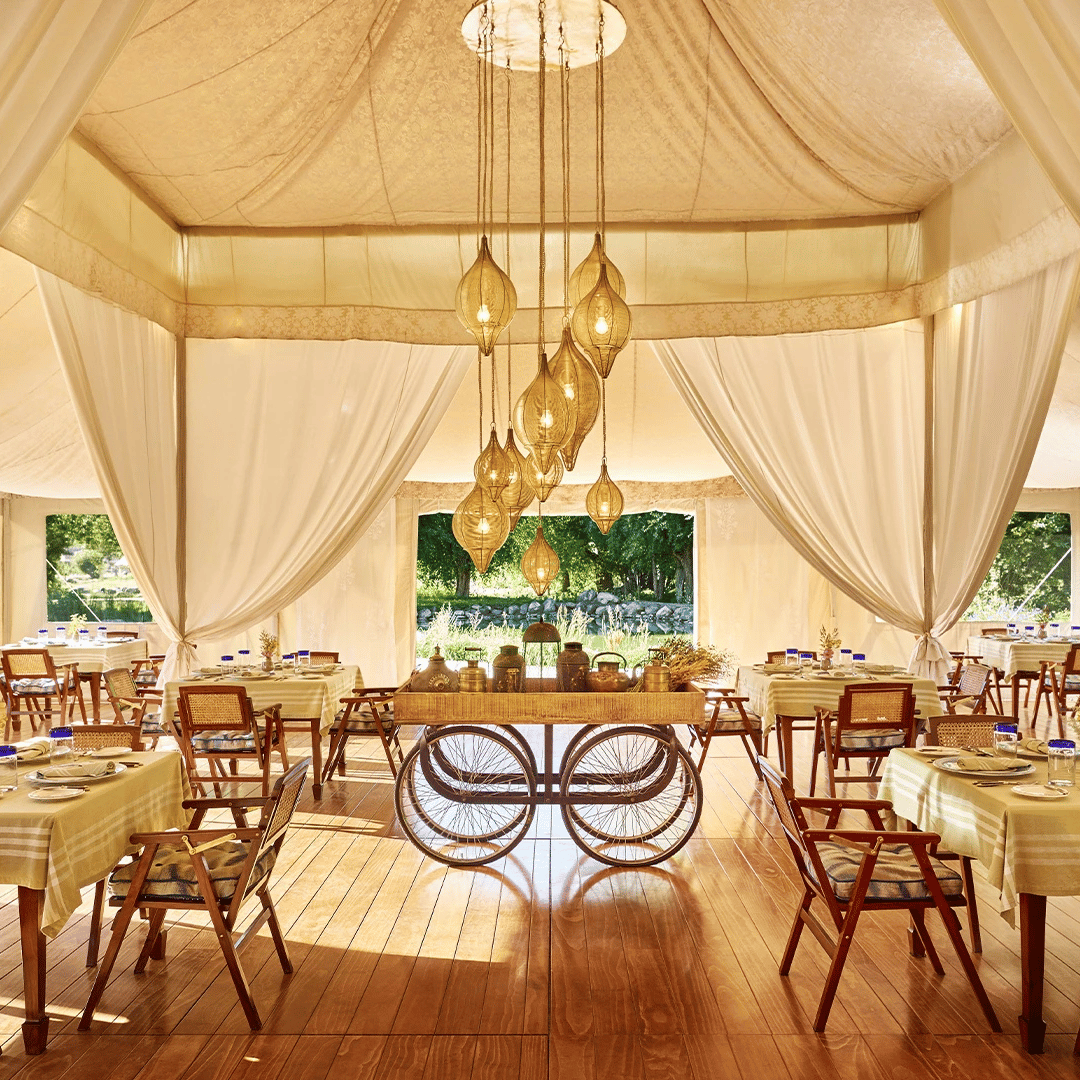
Private Far North Indian Himalaya Tours
Bespoke Packages Crafted With Care
Far North India is a region of immense scale and dramatic Himalayan landscapes, offering travellers a journey through some of the country’s most remote and culturally distinct areas. From the high-altitude deserts and monasteries of Ladakh to the alpine valleys and traditional village life of Himachal Pradesh and Uttarakhand, the far north presents a powerful mix of mountain wilderness, spirituality and frontier history. Leh, set on the old Silk Route, is defined by Tibetan-influenced culture and stark mountain scenery, while Dharamshala and Spiti reveal monasteries, step-farming communities and forested foothills. Rishikesh and the Garhwal region hold deep spiritual significance along the upper Ganges, with access to forested trails and sacred peaks. Fully customised Far North Indian Himalaya tours with India Unbound blend these landscapes into private itineraries featuring remote lodges, monastery visits, high passes and light hikes with expert local guidance. Travellers can explore Buddhist heritage, alpine villages or Himalayan wellness retreats with flexible pacing and varied elevation. We’re Melbourne-based, and have been designing private Indian Himalaya journeys for Australian travellers since 2007 - each with your own driver, expert guides and boutique mountain stays that define this incredible part of the world.
Choose Your Far North India Travel Style
Far North India Travel Advice For First Time Visitors
-
Travelling in Far North India, meaning the Himalayan states of Ladakh, Himachal Pradesh and Uttarakhand, is very different to journeying through the cities and plains. The landscape, culture and climate shift dramatically, and your experience will be shaped as much by the pace of nature as by the places you visit. Expect winding mountain roads, quieter settlements and vast open scenery rather than constant urban movement.
This region is deeply spiritual, a blend of Hindu pilgrimage centres like Haridwar and Rishikesh and Buddhist Himalayan culture in Ladakh. Respect for local customs is important. Dress modestly, especially around temples, monasteries and river ghats. Shoulders and legs should be covered, and shoes must be removed before entering most sacred spaces. Always ask before taking photos of people or religious moments, as many rituals here are intimate, not performative.
Altitude is a major factor, especially in Ladakh, where towns like Leh sit above three thousand metres. Arriving by air requires one or two days of light activity to acclimatise and avoid altitude sickness. Even in lower regions, the terrain involves steps, inclines and uneven village paths. The climate can change quickly too, with warm sunshine and cold mountain air often within the same hour, so dressing in layers is essential.
Travel distances may look short on a map but journeys are slow due to mountain roads and weather conditions. Four to six hour drives are normal between major destinations. This is not a region to rush through, and travelling slowly with room for rest makes the experience far more meaningful. The reward is deep immersion: sacred rituals at dawn, conversations with locals in remote villages and some of the most striking landscapes in India, where silence and scale shape the experience more than spectacle.
-
Far North India generally refers to the Himalayan states of Ladakh, Himachal Pradesh and Uttarakhand. These regions sit close to the borders of Tibet and Nepal and are defined by high altitude valleys, remote mountain villages, pilgrimage towns and strong spiritual traditions rooted in both Buddhism and Hinduism. The experience of travel here is shaped more by landscape, silence and rhythm of nature than by urban activity.
Ladakh is often mistakenly grouped with Jammu and Kashmir, but it is important to note that it is now administered separately. In 2019 the Government of India made Ladakh a Union Territory, meaning it is managed directly by the central government rather than by a state government. This change did not alter its cultural identity or travel appeal, but it is helpful to know from a geographical clarity point of view.
Kashmir is also geographically part of Far North India, though it is often treated separately in a travel context because its history, influences and accessibility differ from the rest of the Himalayan belt. Many travellers associate Kashmir with alpine valleys and Mughal era heritage, while Ladakh immediately to the east is known for its stark desert mountains and Tibetan Buddhist culture.
It is also worth noting that the broader term Indian Himalaya does not always refer only to this western and central Himalayan region. In some contexts, it includes the eastern Himalayan states such as Sikkim, Arunachal Pradesh and parts of North Bengal, which have very different cultural influences and ecosystems. These areas are better understood as a separate Himalayan region.
However, when travellers and planners speak specifically about the Far North Indian Himalaya, they are almost always referring to Ladakh, Himachal Pradesh and Uttarakhand - the high Himalayan frontier where the focus is on mountain passes, river valleys, spiritual life and daily rhythms deeply connected to nature, rather than the cities and monuments of the Indian plains.
-
The languages spoken in Far North India vary by region, but most people are multilingual and comfortable switching between local languages and Hindi. Hindi is widely spoken and understood across Ladakh, Himachal Pradesh and Uttarakhand, especially in towns, markets and by anyone working in tourism. English is also commonly spoken in hotels, with guides and among younger generations in the main travel routes.
Beyond that, each region has its own distinct local language. In Ladakh, the primary language is Ladakhi, which is closely related to Tibetan and is used in monasteries, villages and daily life. In Himachal Pradesh, you will hear Pahari and other regional mountain dialects, which can vary significantly between valleys. In Uttarakhand, local languages include Garhwali in the western region and Kumaoni in the eastern hills, both of which are used in village communities and local cultural practice.
Most travellers will find it easy to communicate in Hindi or English, especially with drivers, guides and hosts along established travel routes. In remote villages, local languages are more dominant, and while travellers are not expected to speak them, a simple greeting or thank you in the local language is always warmly received.
-
The best time to visit Far North India, meaning Ladakh, Himachal Pradesh and Uttarakhand, is generally between April and November, although the ideal month depends on where you are going and what kind of experience you want. It is important to note that the timing is often the opposite of the rest of India. While the plains become extremely hot from April onward and are best visited between October and March, the Himalayan regions only open up properly in late spring and are most enjoyable in summer and autumn.
April to June (spring to early summer)
Clear skies, snow still visible on the peaks and pleasant daytime temperatures in most areas. Ideal for first time travellers, gentle trekking and cultural exploration. Ladakh only begins to open toward late May or June when the high passes become accessible.July to September (monsoon period)
Monsoon rain affects Himachal and Uttarakhand, bringing lush scenery but also mist, road delays and leeches on forest trails. Ladakh remains dry during this time as it sits in the rain shadow, making July and August excellent months for Ladakh specifically, even while the rest of India is in peak monsoon.October and November (post monsoon clarity)
One of the most rewarding periods to visit. The skies are exceptionally clear, temperatures begin to cool and the mountains are at their most visible. Excellent for trekking, photography and spiritual travel. Ladakh cools quickly in November but remains accessible until winter sets in.December to March (winter)
Suited only to travellers who are specifically seeking snow or village based winter experiences. Ladakh becomes extremely cold and mostly shuts down. Some lower altitude parts of Himachal and Uttarakhand remain open, but travel is slower and less predictable.In summary, April to June and October to November are the most consistently ideal months for Far North India. July and August are excellent for Ladakh, even though that period is monsoon season in most other parts of India.
-
Clothing in Far North India needs to be both respectful and practical, as the region combines religious sensitivity, mountain climate and shifting temperatures throughout the day. Unlike much of the rest of India, you will often move through cool or cold weather even in summer.
Dress modestly at all times, especially in pilgrimage towns like Haridwar and Rishikesh and around monasteries in Ladakh. Shoulders and legs should be covered for both men and women. Lightweight long trousers or loose cotton pants are more appropriate than shorts, and sleeveless tops are best avoided in spiritual settings.
Because the weather changes quickly in the mountains, layering is essential rather than dressing for a single temperature. Mornings and evenings can be cold even in summer, while midday sun can be strong. A typical combination would be a light cotton base layer, a long sleeve shirt or light sweater, and a warm outer layer or jacket that can be added or removed easily. A scarf or shawl is also useful both for warmth and for covering your head or shoulders when entering sacred spaces.
Comfortable walking shoes are important as paths are often uneven or inclined, even in towns. Sun protection is also essential - sunglasses, sunscreen and a hat are highly recommended, particularly in Ladakh where the altitude makes sunlight much stronger than it feels.
Overall, aim for comfortable, modest and layered clothing. It should allow you to move easily between nature, village life and sacred spaces without needing to change how you present yourself.
-
Food in Far North India varies by region, but it is generally simple, local and closely tied to climate and geography, often quite different from the rich curries associated with North Indian plains. Expect fresh, seasonal dishes rather than heavy restaurant-style meals.
In Uttarakhand and Himachal Pradesh, typical meals include lentils, local grains, seasonal vegetables and rustic breads cooked over wood-fired stoves. Popular dishes include aloo ke gutke (spiced potatoes), madua roti (millet flatbread), kumaoni raita, and local pahadi dals. These meals are nourishing rather than spicy, designed for energy at altitude and cooler climates.
In Ladakh, food reflects Tibetan and Central Asian influences. You will find thukpa (noodle soup), momos (steamed dumplings), tsampa (roasted barley flour), and butter tea, as well as locally grown apricots and barley-based dishes. The cuisine is warming, mild and adapted to high-altitude living.
If you enjoy snacks and street food, towns like Haridwar and Rishikesh are excellent for items such as aloo puri, kachori, jalebi and lassi, especially around the ghats and old bazaars. These are best experienced with a local guide who can recommend trusted vendors.
Most accommodation will serve fresh, home-style meals rather than elaborate restaurant menus. Vegetarian food is common across the region, especially in pilgrimage centres. Meat is available in many parts of Himachal and Ladakh but is limited or avoided entirely in sacred towns.
In summary - expect honest, local food rather than luxury dining. Eating well here is less about indulgence and more about flavour, freshness and cultural context - food that reflects the land and way of life rather than trying to imitate urban Indian cuisine.
-
Far North India is not a region that rewards quick travel. The mountains demand time and patience, and distances that look short on a map can take hours because of the winding roads and terrain. A trip here is best measured in experiences rather than in the number of stops you can make.
If you plan to focus on one state such as Ladakh, Himachal Pradesh or Uttarakhand, ten to fourteen days is a good amount of time. This allows you to travel slowly, spend time in two or three main areas and experience both the landscape and local life without rushing. In Ladakh especially, the first two days should be spent adjusting to altitude before beginning longer excursions.
If your aim is to combine regions, such as travelling from Himachal into Ladakh or from the foothills of Uttarakhand to its higher villages, two to three weeks gives a better balance between road travel and time on the ground. This pace suits travellers who enjoy long scenic drives, unhurried exploration and a few days of rest built into the journey.
For those who prefer shorter itineraries, a week can work for one accessible area - such as Rishikesh and Corbett National Park in Uttarakhand, or Dharamshala and the Kangra Valley in Himachal - but it will offer only a glimpse of what the region holds. The essence of Far North India lies in slowing down, adjusting to the mountains and allowing space to experience everyday rhythms rather than covering ground quickly.
Popular Destinations In Far North India
Create Your Far North Indian Himalaya Tour With India Unbound
Established in 2007, India Unbound is an award-winning travel company specialising in custom-made journeys and private tours to India. With more than two decades of experience exploring this fascinating nation, we create tailor-made itineraries for discerning travellers looking for a real adventure.
When you start to research a trip to India, it’s easy to feel overwhelmed by the seemingly endless possibilities. At India Unbound, we’ve made this process easy. To see India, we simply need you to tell us relevant information about yourself and the type of travel experience you are looking for - whether it’s a wish list of places you want to visit, a style of travel, a particular interest or theme that you want to explore, or all of these factors. Using this information, we curate a custom-made India private tour just for you. It’s that simple.
Far North India Hotel Recommendations


